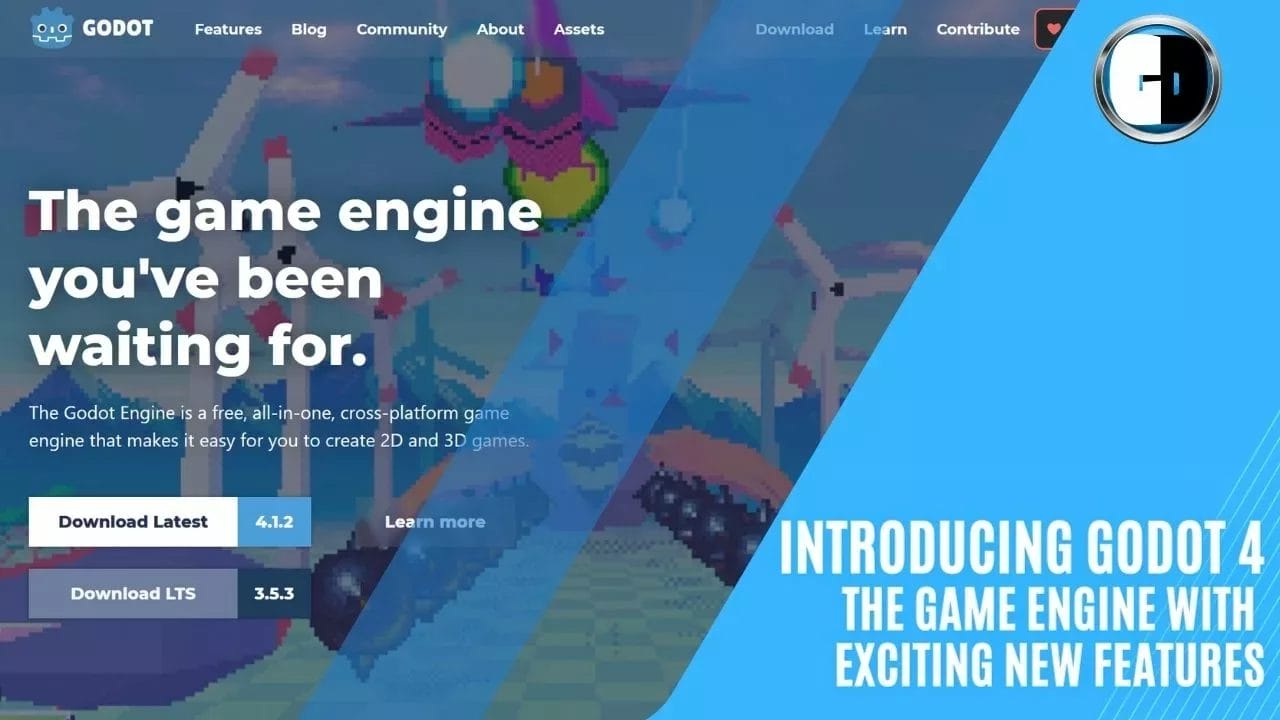Godot 4, the latest game engine, introduces a variety of exciting new features that cater to both 2D and 3D game development. Its sleek user interface, lightweight design, and intuitively written scripting language contribute to making Godot 4 an exceptional tool for game creators. In this blog post, we will delve into the notable enhancements and key attributes that elevate Godot 4 as an outstanding choice in the realm of game development.
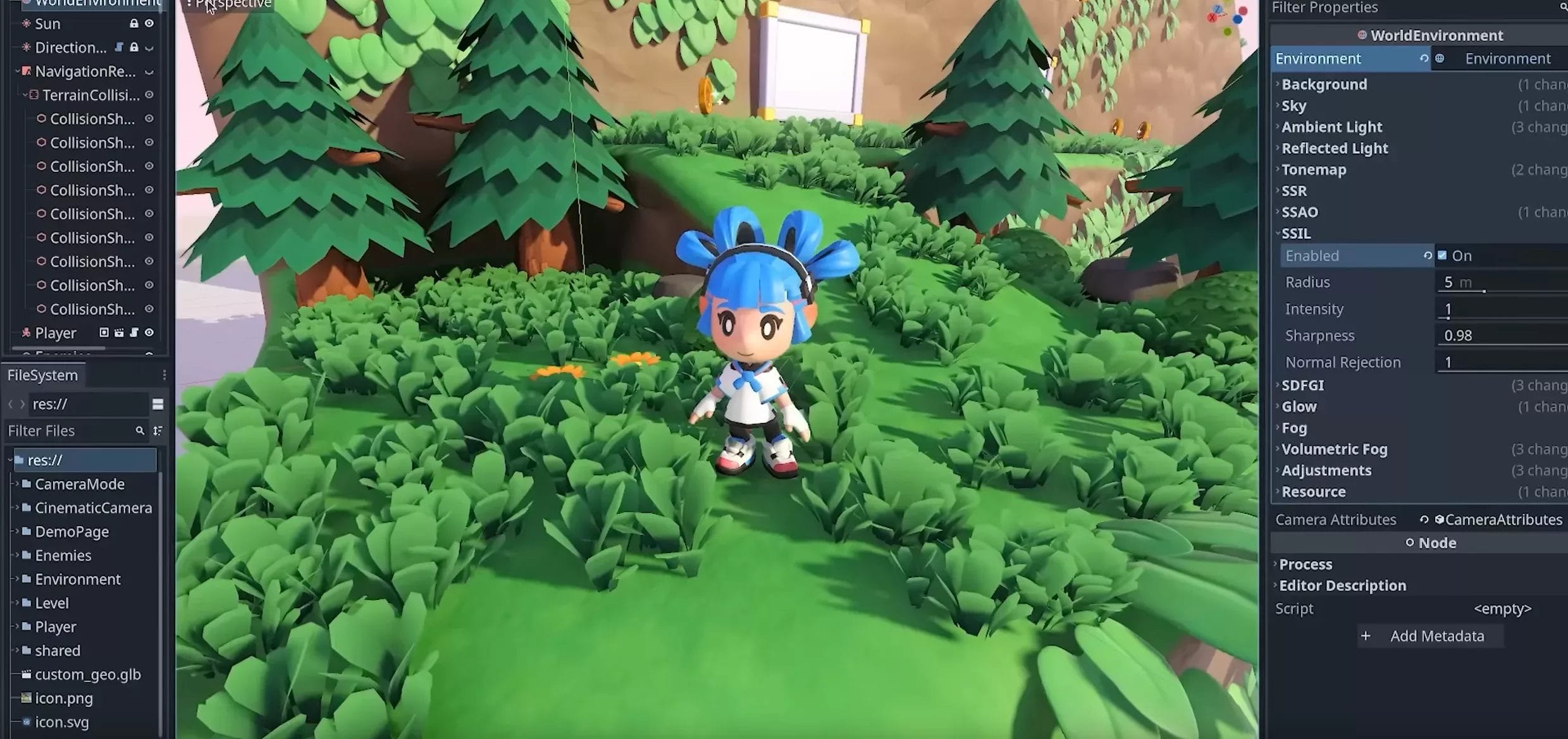
Godot 4’s Enhanced Rendering Engine
In the realm of game development, possessing a robust and efficient rendering engine is absolutely vital for delivering visually stunning and high-performance games. With the advent of Godot 4, developers can anticipate an entirely new rendering engine that introduces a multitude of enhancements and improvements.
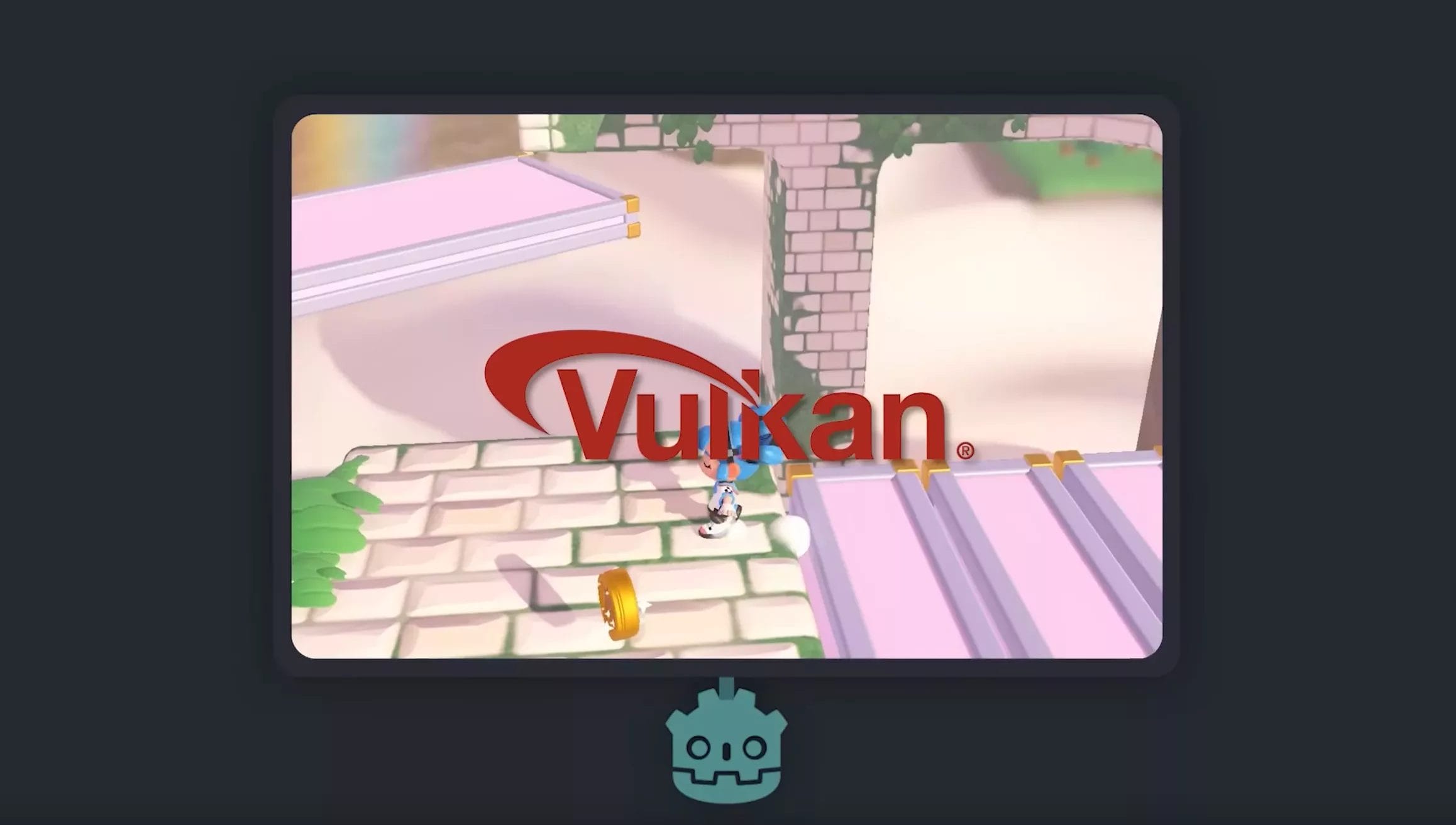
Vulkan and OpenGL Rendering
Godot 4 introduces a flexible rendering engine that caters to various devices and platforms. To ensure optimal performance and visually stunning games with intricate graphics, Vulkan-based rendering is employed for mid and high-end devices, harnessing the power of modern GPUs.
For low-end devices and mobile platforms, Godot 4 utilizes OpenGL-based rendering. This choice ensures smooth performance on devices with limited processing power, allowing games to reach a wider audience. Furthermore, Godot 4’s flexible rendering engine empowers game developers to target a variety of devices without sacrificing performance or visual quality.

Realistic Lighting with Global Illumination
Godot 4 introduces new global illumination technologies that elevate lighting to the next level. Two notable techniques, namely SDFGI (Signed Distance Field Global Illumination) and VoxelGI (Voxel Global Illumination), deliver realistic lighting in both indoor and outdoor environments.
SDFGI is a technique that uses signed distance fields to approximate global illumination. It enhances the accuracy of indirect lighting, resulting in more immersive and realistic game environments. On the other hand, VoxelGI employs voxel-based representations to calculate global illumination. This dynamic technique enables real-time lighting with precise shadowing and reflections.
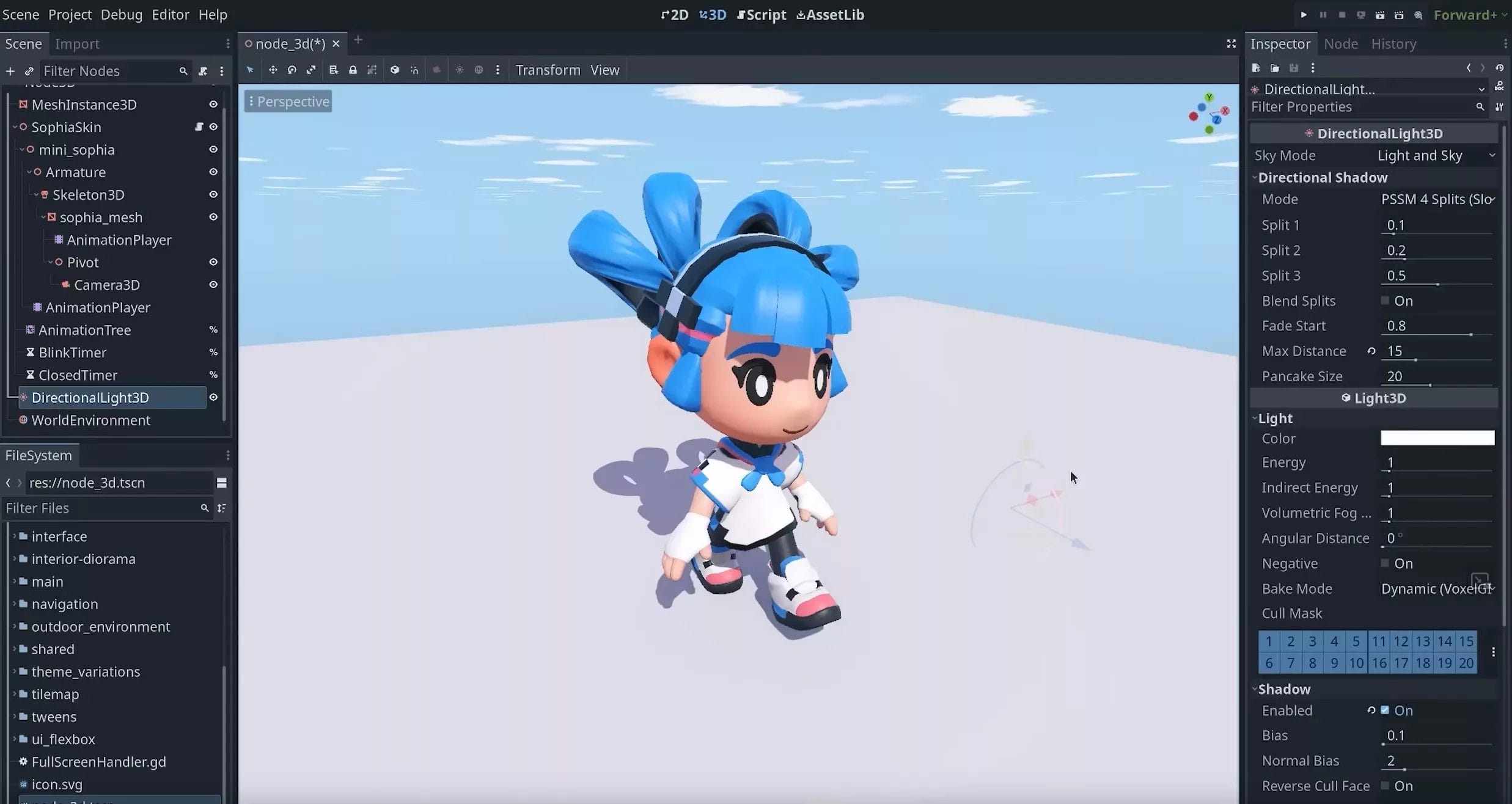
Improved Shadow Rendering
Shadow rendering is a crucial component in creating visually appealing and atmospheric game worlds. Godot 4’s enhanced rendering engine improves shadow rendering to offer a better look and greater granularity.
By utilizing the power of modern GPUs, Godot 4 brings forth more realistic shadows that boast intricate details. This elevates the overall visual quality of games and injects a sense of depth into scenes, resulting in a heightened level of realism and immersion.
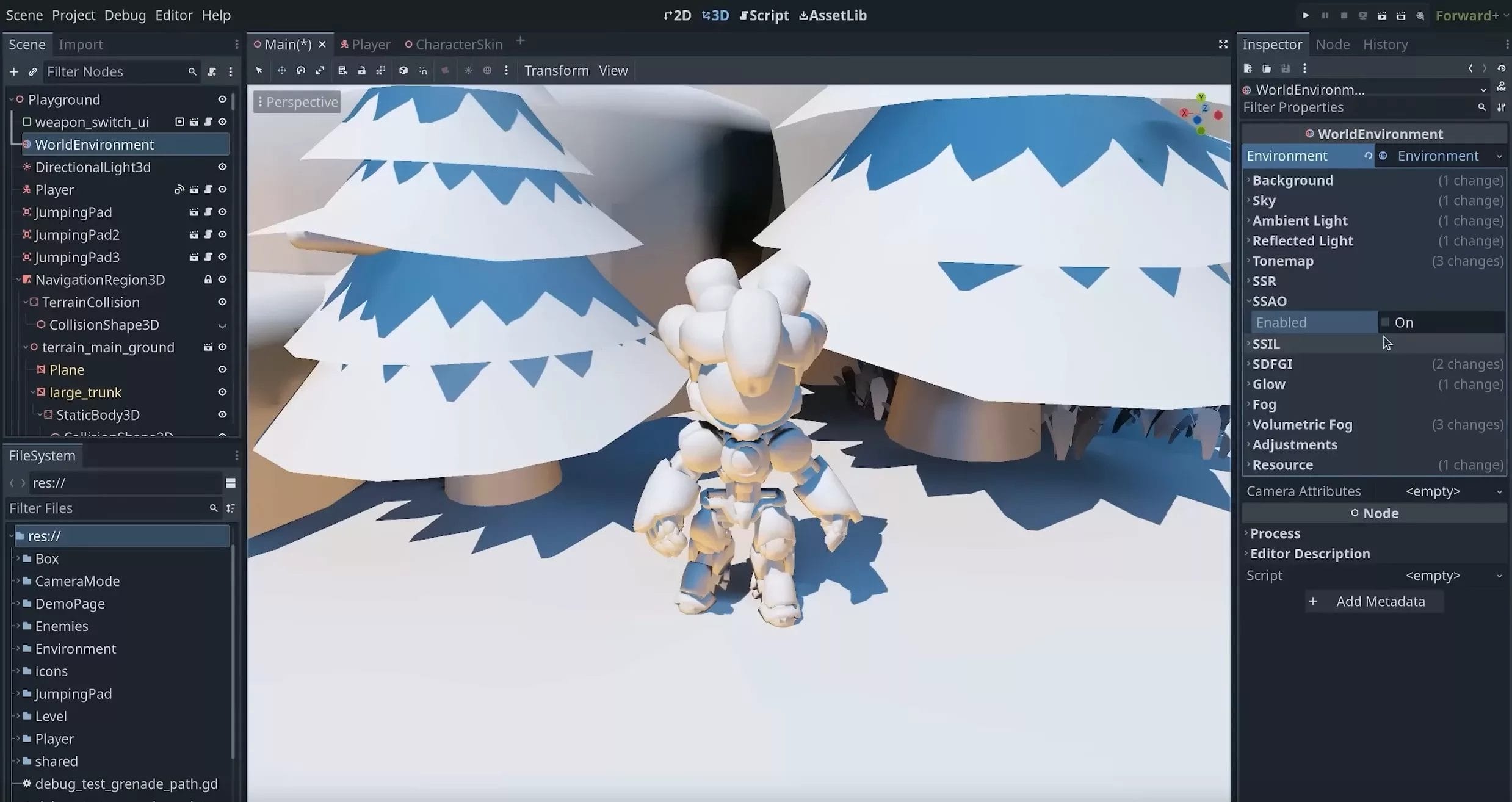
Post-Processing Effects for Visual Enhancement
Godot 4 brings advancements in lighting and shadow rendering, along with the introduction of various post-processing effects. These effects further enhance the visual quality of games, adding to their overall fidelity. Notably, Screen Space Ambient Occlusion (SSAO) and Screen Space Indirect Lighting (SSIL) make significant contributions to the immersive visual experience offered by games.
SSAO serves to imitate the occlusion of ambient light, thereby creating more lifelike and visually captivating renderings. It adds depth and shadows to the scene, enhancing the perception of dimension and infusing a sense of realism into the gaming world. Conversely, SSIL elevates indirect lighting effects by simulating how light interacts with various surfaces. This particular effect results in more organic and precise illumination, allowing game environments to exude an enhanced level of immersion.
By including these post-processing effects in the rendering engine, Godot 4 empowers game developers with the necessary tools to craft visually astounding games that stand on par with those created by larger, AAA studios.
Godot 4 surpasses expectations in game development visuals with its advanced rendering engine. By incorporating Vulkan-based rendering for mid and high-end devices, as well as OpenGL-based rendering for low-end devices and mobile platforms, optimal performance is ensured across a wide range of devices. Additionally, the inclusion of global illumination technologies, improved shadow rendering, and post-processing effects further elevates the visual quality of games created using Godot 4. Now, game developers can effortlessly craft visually stunning and captivating experiences without compromising on performance or accessibility.
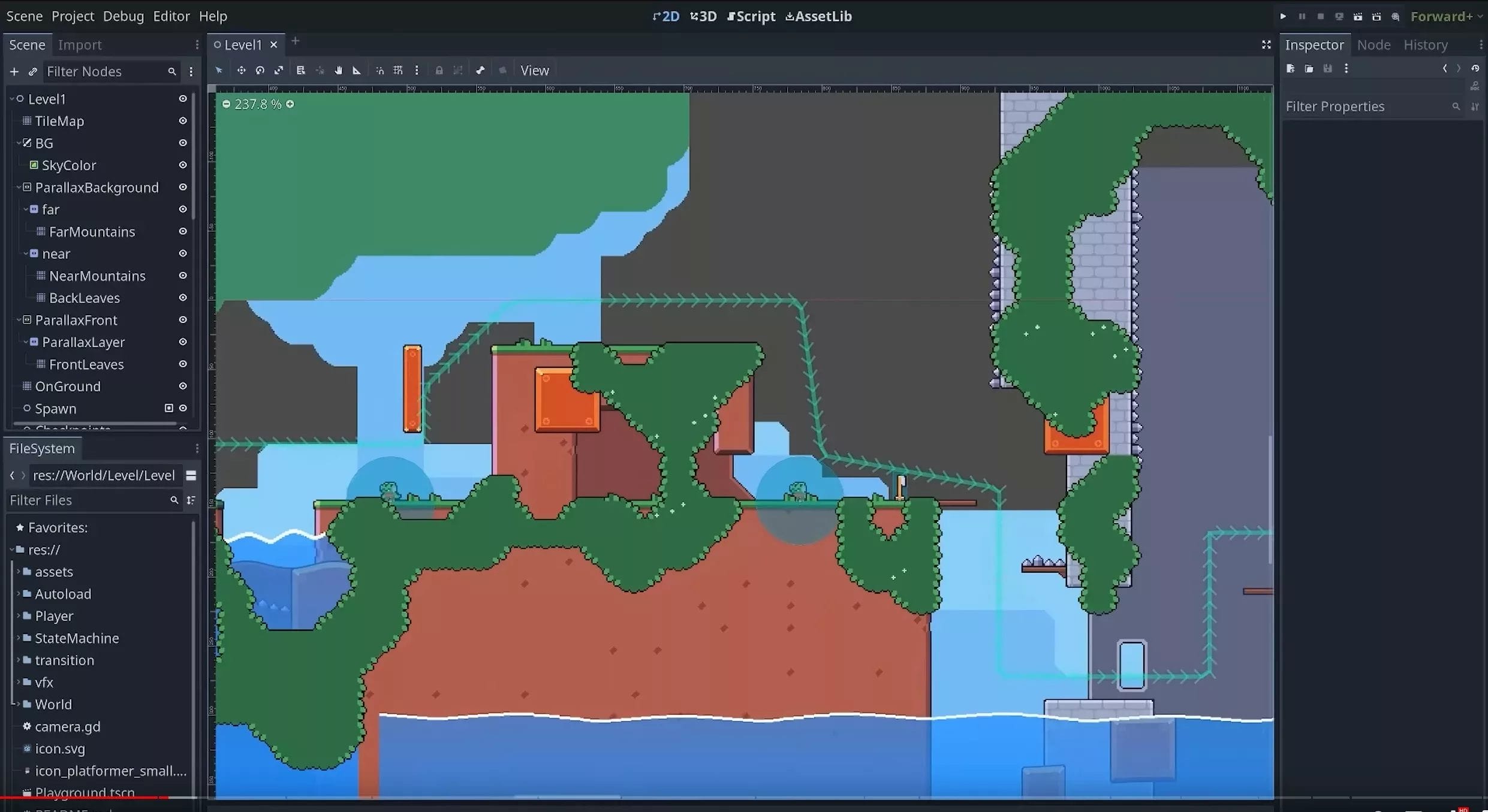
Improved 2D Game Development Tools
Creating immersive and visually stunning 2D games has become easier than ever in the world of game development, thanks to Godot 4. This latest version of the popular game engine introduces a wide range of improved tools specifically designed for 2D game development. Notably, Godot 4 offers a complete level design solution that includes a new tileset and tilemap editor.
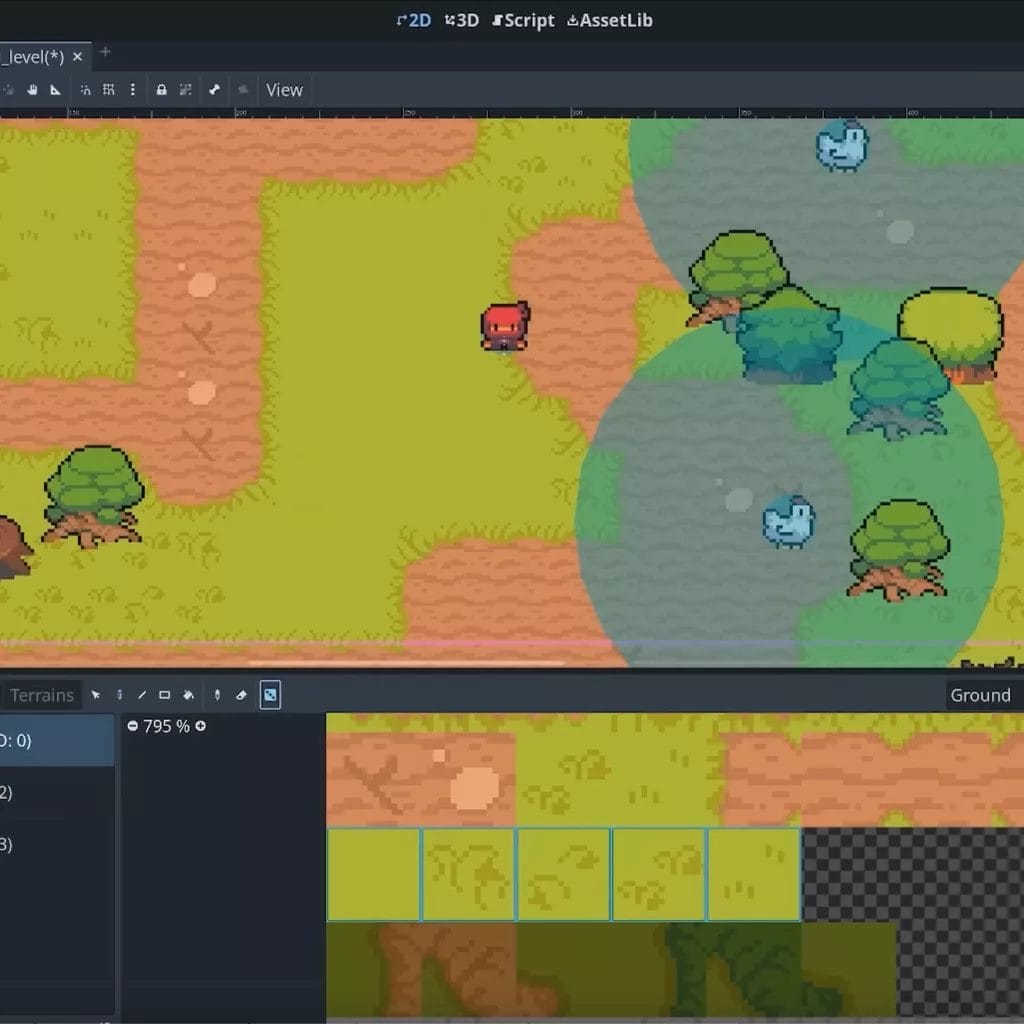
Godot new tileset and tilemap editor
The tileset and tilemap editor in Godot 4 provides a smooth experience for level designers. One common challenge faced in 2D game development is the presence of gaps between tiles, which can disrupt the visual cohesion of the game world. However, with Godot 4’s tileset editor, textures are automatically expanded to eliminate these gaps. As a result, level designers no longer need to manually adjust tileset textures, thereby saving valuable time and effort in the development process.
In Godot 4, the Canvas Group node acts as an essential tool for enhancing the creation of intricate 2D visuals. This feature enables developers to combine multiple sprites into a single image, streamlining the process of crafting complex scenes. By merging sprites, developers can achieve unique visual effects while improving performance by minimizing the number of draw calls needed to render the game.
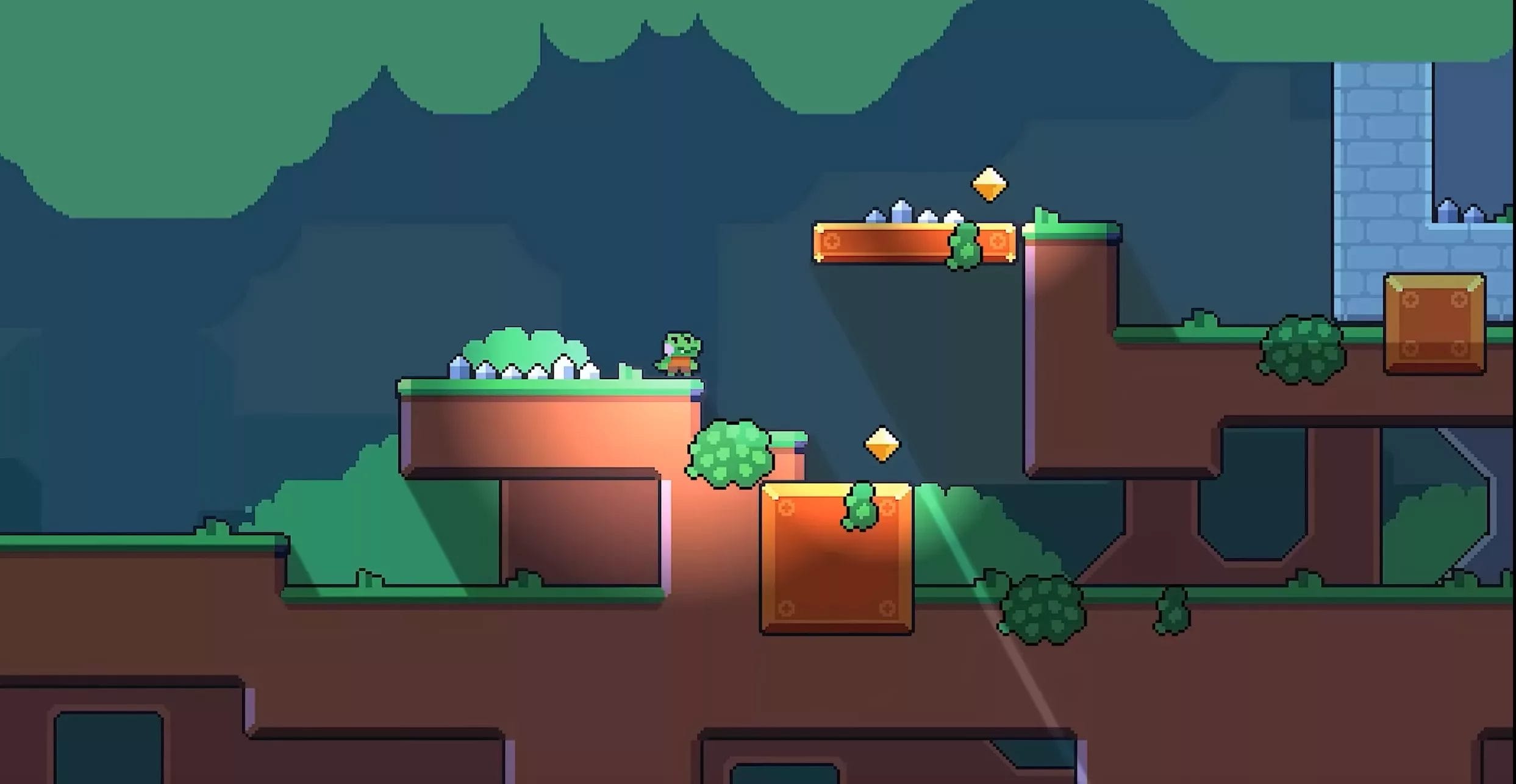
Enhanced Lighting and Shadows
Lighting and shadows have a vital role in creating atmosphere and depth within 2D games. Godot 4 introduces significant improvements to the lighting and shadow system, providing game developers with access to enhanced techniques that breathe life into their virtual worlds.
Godot 4 introduces a notable feature: 2D multisample anti-aliasing (MSAA). This technique enhances the visual quality of games by smoothing out jagged edges. MSAA, commonly used in 3D rendering, is now available for 2D game development in Godot. With the implementation of MSAA, developers can achieve cleaner and more visually refined graphics, providing players with an immersive gaming experience.
Shader Support and Visual Effects
Godot 4 comes with significant advancements in shader support and visual effects, making it an indispensable tool for creating breathtaking visuals in 2D game development. Its diverse range of shader features offers endless possibilities for stunning visual enhancements.
An exciting addition in Godot 4 is the support for volumetric fog. By simulating how light interacts with particles in the air, volumetric fog adds depth and realism to game scenes. This incredible effect allows developers to create visually captivating game worlds with stunning atmospheric touches, like misty forests or smoky dungeons. It truly empowers them to enhance immersion and captivate players through rich visuals.
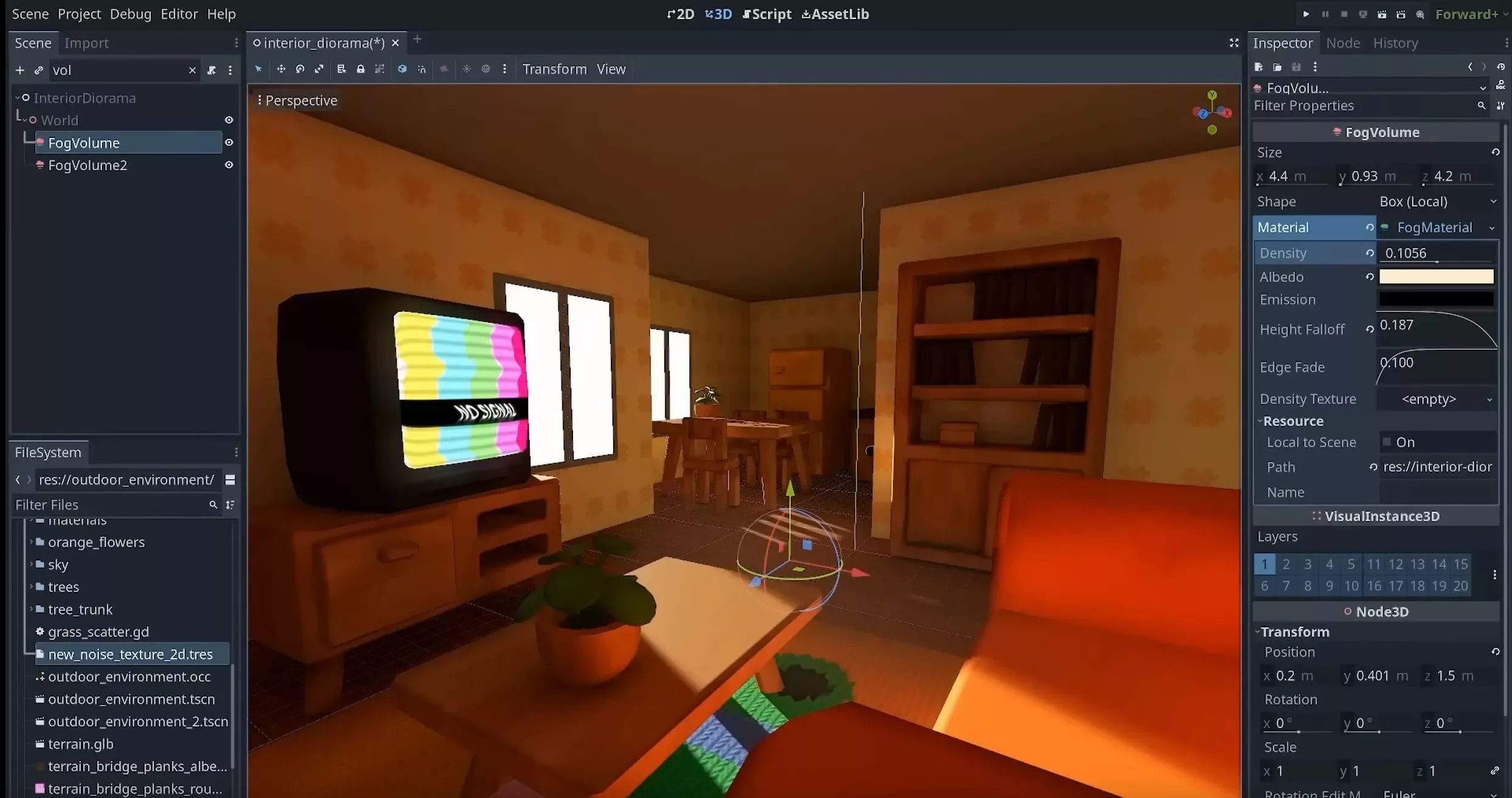
Godot 4 introduces sky shaders, which enhance realistic skies in games. These shaders enable developers to create dynamic day-night cycles and atmospheric scattering effects, resulting in immersive gameplay experiences. With the customizable appearance and behavior of sky shaders, developers can add unique touches to their games and create captivating visuals for players to enjoy.
In addition, Godot 4 introduces support for decals. These valuable tools allow developers to enhance game environments by adding intricate details. Decals can be utilized to incorporate scuff marks, bullet holes, and other surface details onto objects within the game world. This feature significantly improves the visual quality of 2D games, creating a more immersive and realistic experience.
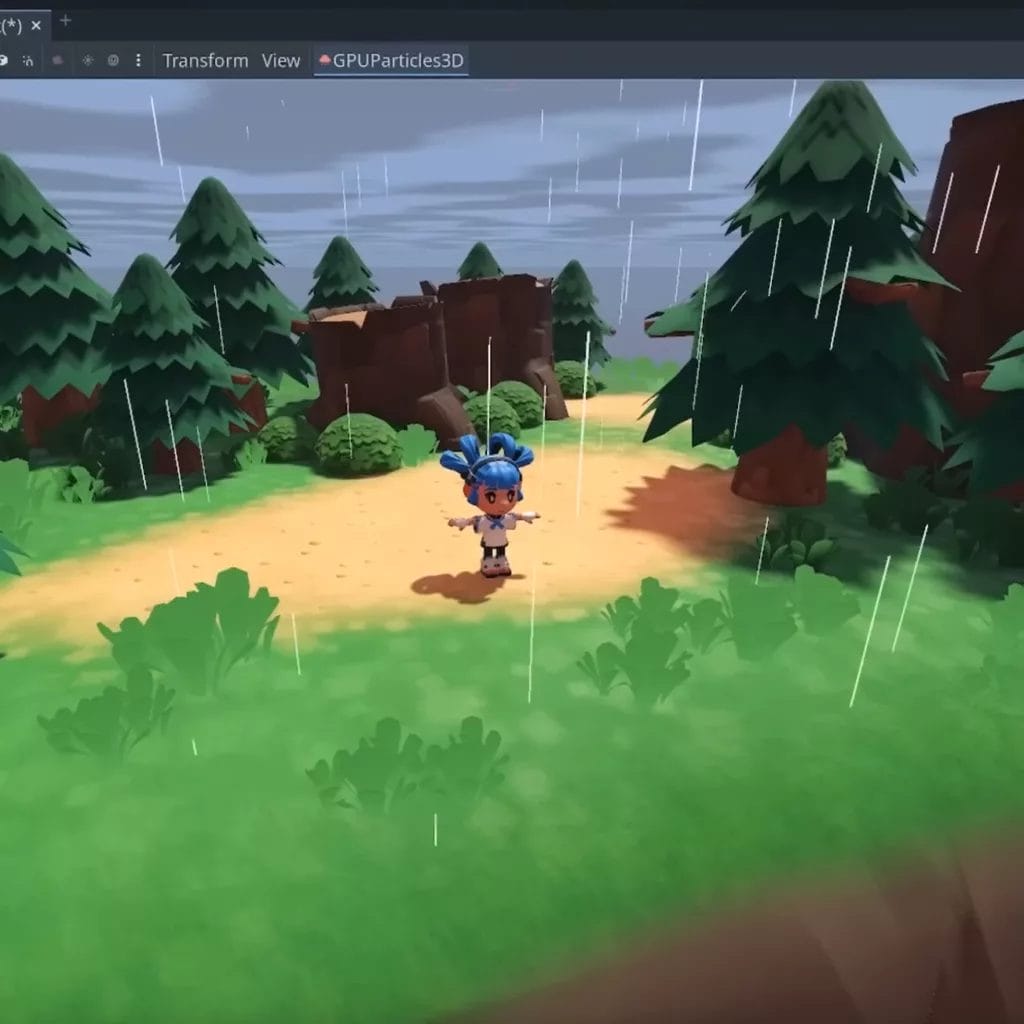
Advanced Particle System
In Godot 4, significant improvements have been made to the particle system. These enhancements bring even more depth and realism to 2D games. The GPU-based particle effects now support attractors, collisions, and trails.
With the introduction of attractors, developers now have the ability to create particle systems that respond to external forces. This unlocks endless possibilities for more dynamic and interactive scenes in various applications. For instance, particles can be drawn towards a specific position or pushed away by certain objects, resulting in awe-inspiring visual effects that captivate players in any gaming experience.
Collisions in particle systems give life to physical interactions. Developers have the ability to define collision shapes for particles, allowing them to bounce off walls, collide with other objects, or even trigger game events. These collisions enhance the depth and realism of particle effects, making them more responsive and interactive.
Trails play a significant role in the advanced particle system of Godot 4. They allow particles to create visually captivating traces as they navigate through the game world. These traces, commonly used for effects like smoke, fire, or other dynamic elements, enhance the overall immersive experience by adding visual interest and fluidity to particle effects.
Godot 4 introduces a wide array of enhanced tools and features specifically designed for 2D game development. Notably, the new tileset and tilemap editor, amplified lighting capabilities, shader support, and an advanced particle system empower game developers to craft visually captivating and immersive 2D games. Through its powerful features and user-friendly interface, Godot 4 makes the process of designing and building 2D games more accessible and enjoyable than ever before.
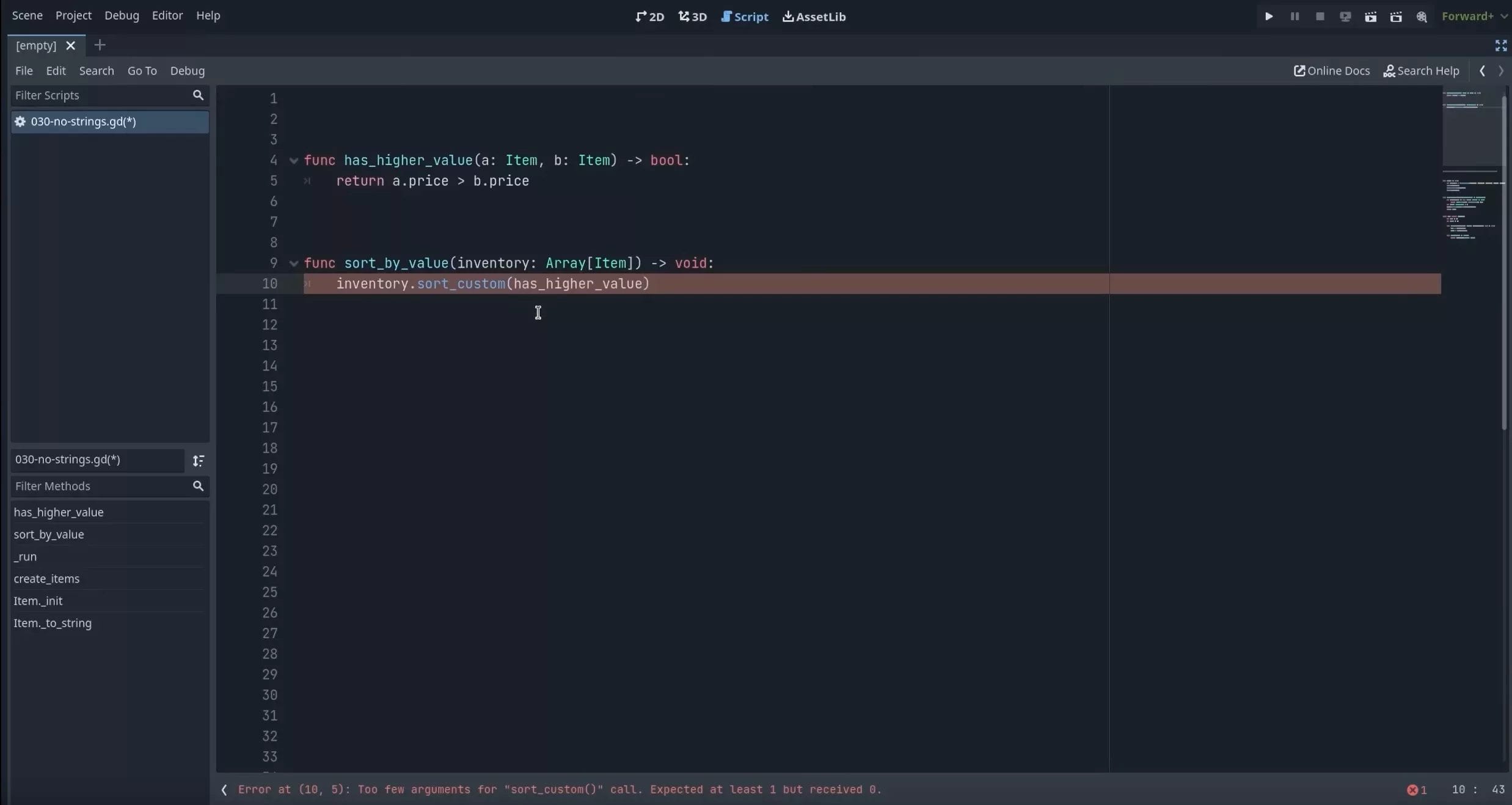
Enhanced Performance and Scripting
Godot 4, a game development engine, has introduced significant advancements in performance and scripting capabilities. It prioritizes optimization and stability, resulting in improved performance across various aspects. This makes Godot 4 an even more powerful tool for game developers.
Enhanced GDScript Programming Language
The Godot engine’s native GDScript programming language has received a significant enhancement in Godot 4. A notable improvement lies in its performance, resulting in faster and more efficient execution compared to previous versions. Game developers can now anticipate enhanced runtime performance, paving the way for smoother gameplay experiences.
Godot 4 brings not only performance enhancements but also introduces a typing system for GDScript. This new addition allows developers to explicitly define the data types of variables, function parameters, and return values. By having a typing system in place, potential errors can be caught early on, making it easier to debug code and ensuring the creation of more robust applications.
Another remarkable enhancement in Godot 4 is its improved error reporting. Developers now benefit from more descriptive error messages, facilitating the identification and resolution of issues within their code. This upgraded feature not only saves time during development but also promotes the creation of cleaner and more reliable code.
Improved C# Integration
Godot 4 has implemented improvements to enhance its integration with the popular programming language, C#. Recognizing its significance within game development, Godot ensures robust support for C#. The latest version of Godot, Godot 4, upgrades its C# integration to align with modern C# features and .NET 6.
This advancement enables developers to harness the full power of the C# language when working with the Godot engine.
The enhanced integration of C# in Godot 4 introduces new opportunities for developers who prefer using C#. They can leverage the extensive C# ecosystem, including libraries and frameworks, to enhance their game development workflow.
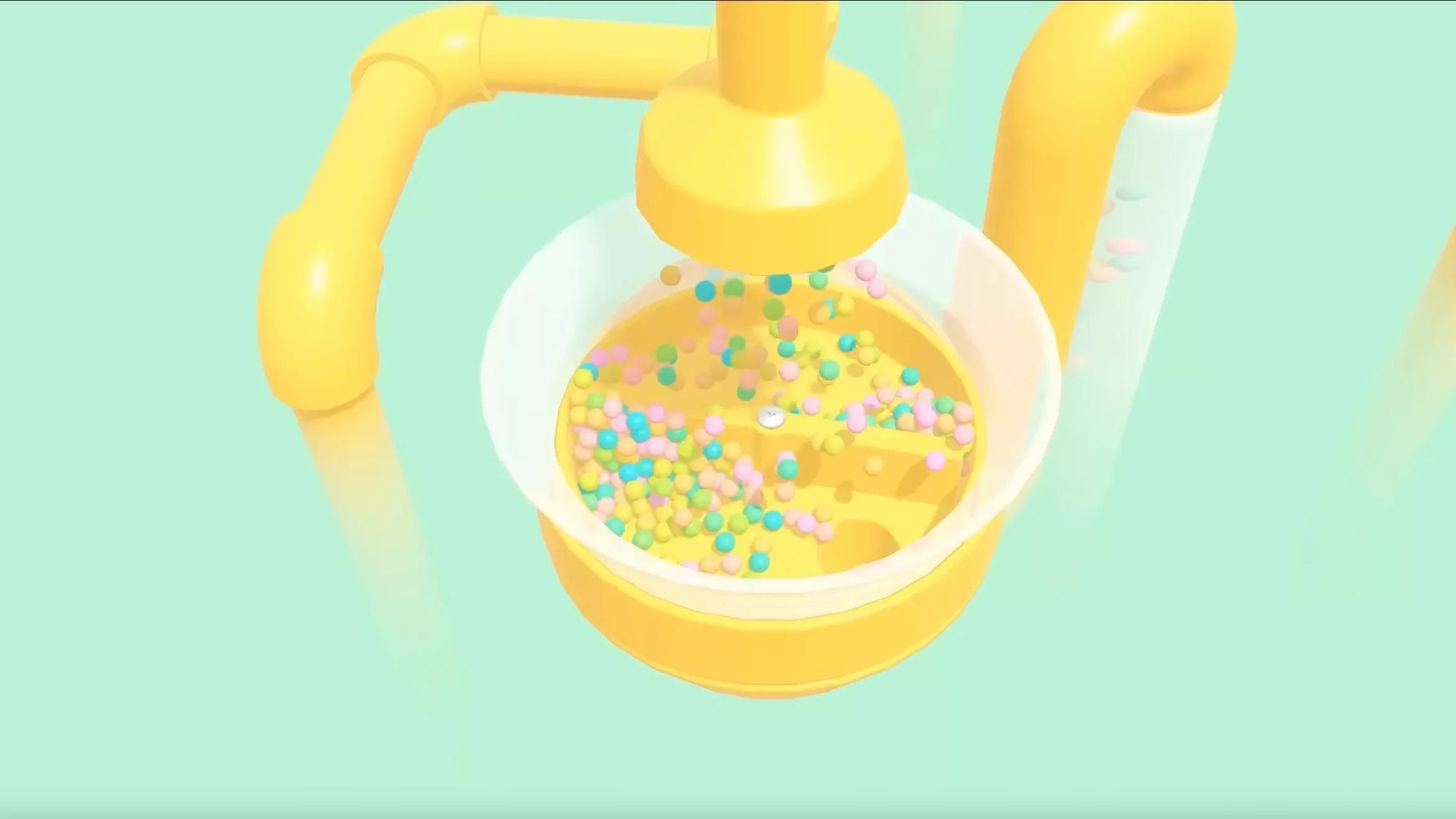
Refined Godot Physics Engine
The Godot Physics engine, specifically designed for game development, has undergone refinements in Godot 4. These refinements aim to enhance simulation stability, resulting in more precise and realistic physics interactions within games.
- The Godot Physics engine has introduced support for cylinders, expanding its capabilities beyond basic shapes like spheres and boxes. This addition allows developers to simulate a wider range of objects in their games, opening up possibilities for more diverse gameplay mechanics.
- Heightmaps are a valuable addition to the Godot Physics engine. They offer developers the ability to create diverse terrain and landscapes, complete with varying elevations. This exciting feature enhances the realism of in-game environments and enables the seamless integration of physics-based interactions within complex terrains.
- Godot 4 introduces support for softbody shapes in its physics engine. Softbody simulations allow developers to create deformable objects and simulate fabric-like behavior. This new feature gives developers greater control over the physical properties and interactions of objects in their games.
Improved User Interface and Workflow
In Godot 4, the built-in user interface framework undergoes significant improvements. These enhancements result in a more efficient workflow for developers, offering not only an enhanced overall experience but also introducing new features and tools to streamline the development process.
Support for Multiple Windows
One significant improvement in Godot 4 is the introduction of multiple window support. This innovative feature empowers developers to concurrently work on different aspects of their projects, resulting in heightened productivity and efficiency. Moreover, each window can possess its own viewport, simplifying the management of intricate projects that incorporate numerous scenes or editors.
Advanced Text Rendering
Godot 4 introduces advanced text rendering capabilities. This empowers developers to effortlessly create visually appealing and easily readable user interfaces. The enhanced text rendering system encompasses various features, including improved font rendering, better control over line breaks and word wrapping, and support for rich text formatting. Consequently, developers gain the ability to fashion more captivating UI elements such as buttons, labels, and tooltips.
Enhancements to the Editor
The editor itself has undergone numerous improvements to enhance the overall user experience. These updates aim to simplify common tasks and provide developers with a more intuitive and efficient workflow.
New Import Window
Godot 4 introduces a redesigned import window. This update simplifies the process of importing assets into your project. The new window offers a user-friendly interface that enhances clarity and ease of use. It allows you to effortlessly select and configure import settings for various asset types. Moreover, the import process has been optimized for faster performance, enabling developers to quickly and efficiently import assets.
Faster File Imports
In Godot 4, the speed of file importing has undergone significant improvement. This enhancement translates into a much faster asset import process, encompassing textures, models, and audio files. As a result, waiting times are reduced and developers can devote more attention to the creative aspects of their projects.
Improved History and Scene Docks
The editor’s history and scene docks have been significantly enhanced to improve usability and streamline the workflow. The history dock now visually represents all the changes made in a scene, empowering developers to easily identify and navigate through revisions. Additionally, the scene dock boasts new functionality, allowing users to conveniently search for specific nodes by name. This enhancement simplifies the process of locating and manipulating individual elements within intricate scenes.
In Godot 4, the user interface and workflow for developers have undergone significant enhancements. These improvements have made the development experience more efficient and intuitive, allowing developers to easily navigate and manage their projects. With added support for multiple windows, advanced text rendering, and various editor enhancements, Godot 4 empowers developers to create high-quality games and applications with greater effectiveness.
Extended Features and Platform Support
Godot 4 distinguishes itself from other game engines as a comprehensive development platform. It caters to the diverse needs of game developers with its extensive features and broad platform support. By offering powerful tools and capabilities, Godot 4 empowers developers to unleash their creativity and transform their game concepts into immersive experiences.
Real-time Pathfinding and Navigation System
In the realm of game development, the creation of captivating and interactive game worlds that exude liveliness holds tremendous significance. Godot 4 acknowledges this necessity by offering a robust real-time pathfinding and navigation system designed for both 2D and 3D scenes.
Developers can harness the power of this feature to effortlessly create AI behaviors, implement intricate enemy movement patterns, and seamlessly guide characters through complex environments. The engine’s pathfinding and navigation system expertly handles obstacle avoidance and calculates optimal paths for achieving both realistic and efficient movement.
Extended Reality (XR) Support
Godot 4 revolutionizes the world of gaming by seamlessly integrating extended reality (XR) functionality. XR amalgamates virtual reality (VR) and augmented reality (AR), offering captivating and immersive experiences that blur the boundaries between reality and the virtual realm.
Thanks to Godot 4’s support for OpenXR and WebXR, developers now have the ability to create immersive XR experiences across a range of platforms. This includes virtual reality headsets, augmented reality glasses, and more. By harnessing the engine’s powerful XR capabilities, developers can engage players with captivating and visually stunning gaming adventures.
Refinements to Multiplayer Features
Multiplayer gaming has evolved into a crucial component within the gaming industry, and Godot 4 acknowledges its significance. This cutting-edge engine introduces enhancements to its multiplayer capabilities, streamlining the process for developers in crafting captivating online multiplayer games.
Godot 4 comes packed with versatile networking capabilities that cater to various development needs. From real-time multiplayer interactions to seamless matchmaking systems and synchronized game states across devices, these enhancements revolutionize the development process while empowering developers to prioritize captivating gameplay experiences.
Enhanced Audio System
Audio plays a vital role in gaming by setting the mood, immersing players in the game world, and providing valuable feedback. With Godot 4’s enhanced audio system, developers gain greater control over creating immersive soundscapes.
In Godot 4, game developers can utilize the engine’s innovative audio features to craft dynamic and immersive spatial audio. This enhanced audio system reacts in real-time to in-game events, heightening the sense of immersion for players. Whether it’s the subtle ambience, captivating character dialogues, or impactful sound effects, the high-quality audio experiences offered by Godot 4 breathe life into games.
Improved Animation Tools
In game development, creating captivating and fluid animations is crucial. With Godot 4, the animation tools have been enhanced to streamline the creation process. The engine boasts an intuitive and user-friendly animation editor, equipped with a wide array of tools and features.
Intuitive UI Creation
UI design plays a vital role in game development, directly influencing how players experience and interact with the game. Godot 4 simplifies the process of creating UIs through its intuitive and flexible UI editor.
Developers have the ability to effortlessly design and implement customized UI elements, arrange layouts, and establish responsive UI behaviors. Whether their goal is to construct menus, HUDs, or interactive UI components, Godot 4 offers the necessary tools for crafting visually engaging and fully functional user interfaces.
Future Updates and Priorities
In the ever-changing world of game development, it is vital to stay updated with the latest technologies and trends. The dedicated development team behind Godot 4, a popular open-source game engine, continuously improves and evolves the engine to meet the needs and expectations of modern game developers. This blog post explores the future updates and priorities of Godot 4, with a specific focus on enhancing performance and refining details.
Optimizing for Performance
The development team of Godot 4 recognizes the significance of smooth and efficient gameplay as a top priority. They are dedicated to enhancing the engine’s performance by optimizing it for higher frame rates, reduced loading times, and overall improved functionality. Leveraging cutting-edge technology and implementing efficient algorithms, Godot 4 aims to deliver game developers with a highly optimized engine capable of handling even the most demanding projects.
The significance of efficient memory management in game development is recognized by the development team. They plan to prioritize reducing memory overhead and optimizing resource allocation in future updates. This will enable game developers to create larger and more complex games without sacrificing performance.
Polishing the User Experience
The Godot 4 development team prioritizes both performance and enhancing the overall user experience. They devote attention to improving the user interface, streamlining workflows, and making the engine more intuitive and user-friendly.
Upcoming updates will bring enhancements to the Godot 4 editor. These updates introduce new features and tools that aim to streamline and optimize the game development process. The development team actively seeks user feedback and suggestions, using them to identify pain points and areas in need of improvement.
Godot 4, besides enhancing the editor itself, will bring forth an array of advancements in rendering capabilities and visual effects. These additions aim to empower game developers in crafting visually stunning experiences by offering improved lighting, particle effects, and post-processing features. Ultimately, the objective is to equip developers with the necessary tools for creating captivating and immersive gaming journeys.
The Future of Godot 4
With its continuous improvements, commitment to user needs, and relentless pursuit of optimization, the future of Godot 4 as a powerful and versatile game engine seems promising. The development team’s unwavering focus on performance and polishing ensures that Godot 4 will effectively meet the demands of modern game development.
Godot 4 not only empowers developers to create high-quality games but also nurtures a thriving community of game developers. This community fosters the exchange of ideas, promotes collaboration, and encourages pushing the boundaries of what is achievable in game development.
As the development team continues their work on future updates, game developers can anticipate an enhanced and visually stunning game development experience with Godot 4.
The future updates of Godot 4 prioritize performance and polishing. The development team is dedicated to optimizing the engine and improving the overall user experience. With continuous enhancements and a commitment to meeting game developers’ needs, Godot 4 is poised to become an even more powerful and versatile game engine in the future.
If you want more content on Indie game development or on Godot Engine specifically then don’t forget to visit our blog.
A game developer that wants to share its knowledge and experience with other game developers-

